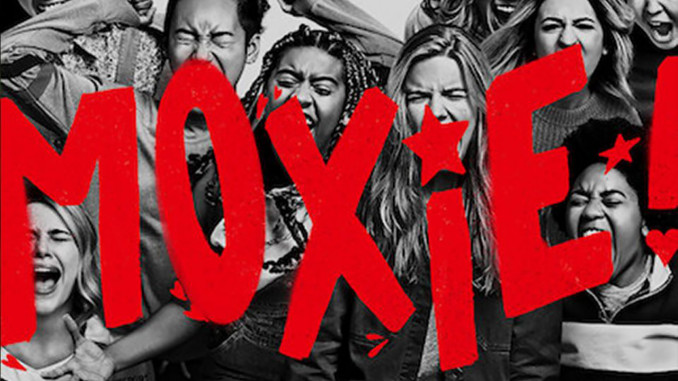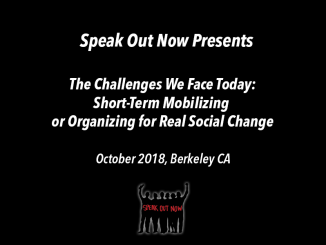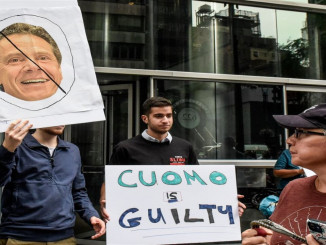
Moxie is a movie on Netflix about a group of high school women who stand up to sexism at their school. The main character, Vivian, is inspired by a new student at her school whose response to a discussion in class on the novel The Great Gatsby is to question why they are reading a story about a rich white male when the real history was about immigrants, Blacks, and the working class. Throughout the rest of the film, Vivian and her friends provide an excellent example of organizing for change.
When Vivian and her friends are subjected to a cruel online list of rankings by male students that includes such categories as “Most Bangable,” “Best Ass,” and “Best Rack,” Vivian takes inspiration from her mom’s old punk zines and designs a flyer to respond to the attacks. She sneaks the flyers into women’s rest rooms and other places at the school. The flyer calls on others in Vivian’s school to join the fight. People can show support by drawing hearts and flowers on their hands. Vivian’s friend starts posting pictures of people’s hands decorated with hearts and stars on social media.
These actions tell others that they are not alone. Bullies, police officers, school administrators, and the government have a lot more power when they are facing us one at a time; they have a lot less power when they are facing a whole group of us.
A group of students who agree with Vivian’s actions to fight back against the attacks meet spontaneously. The group discusses what they want to do and decide to call themselves “Moxie.” Because no one admits to writing the flyers, the group has no hierarchy. Each person is able to assume a different leadership role.
The movement isn’t just for women either. Some male characters choose to participate and take action as well because they see the injustice of the oppressive school culture.
The repression and fight-back escalate from there. Finally, after a student writes an anonymous letter to Moxie sharing that they had been raped by someone at the school, many students storm out of the school in anger. They gather at the entrance to the school and have a speak out. Everyone’s voice is heard and everyone’s experience is recognized.
Some reviewers have criticized the movie, saying that, despite the diverse student body at the school, the main character is white and relatively privileged. We agree and believe that the story could have been told from another perspective and been even more empowering. But it’s still a story of grassroots organizing that we rarely see in the mass media. It is an example of recognizing that the big problems of the world are right in front of us. We face them every day, and every day we choose whose side we are on and how best to respond.




